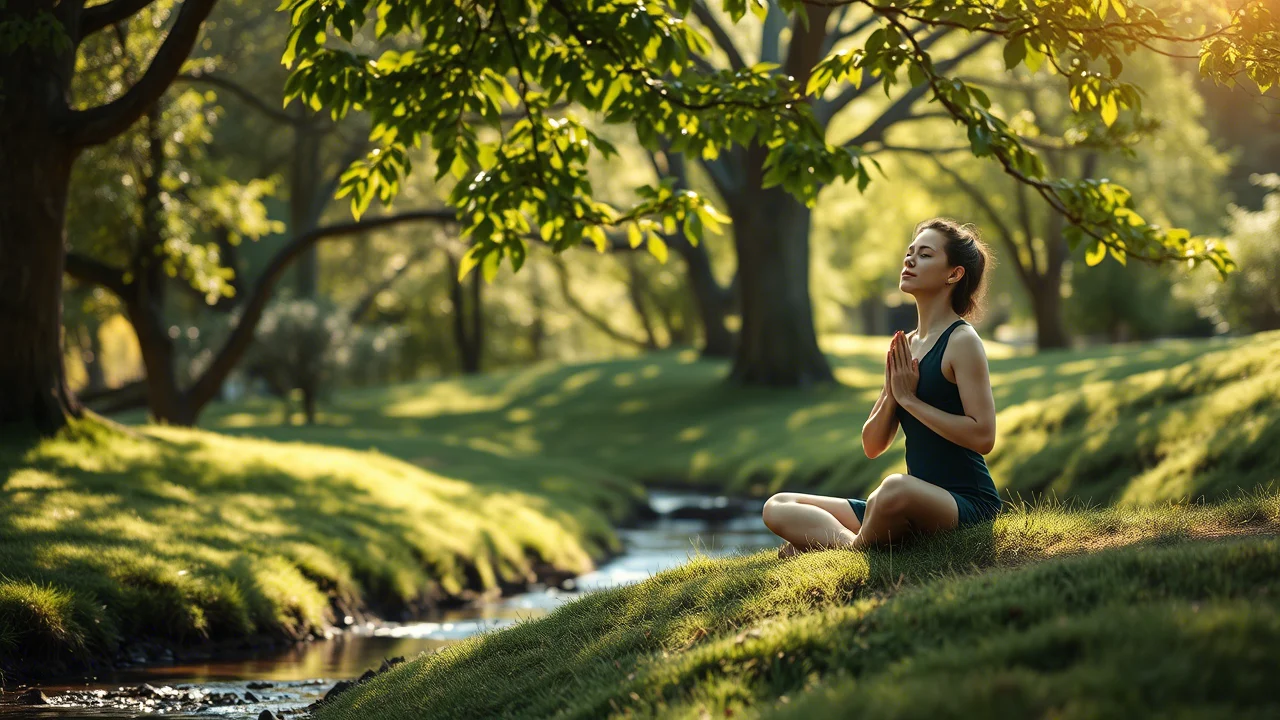In a world filled with distractions, living fully in the present moment can feel like an elusive goal. Yet, mindfulness—the practice of being fully aware and engaged in the here and now—offers a pathway to deeper connection, clarity, and fulfillment. By cultivating mindfulness, you can reduce stress, improve focus, and enhance your overall quality of life. In this article, we’ll explore practical strategies to embrace mindfulness, live with intention, and transform everyday experiences into moments of meaning—all while optimizing the content for SEO to ensure it reaches those seeking guidance on mindful living.
Why Mindfulness Matters
Mindfulness is more than just a buzzword; it’s a scientifically-backed practice that benefits both mental and physical health. Studies show that mindfulness reduces anxiety, improves emotional regulation, and even strengthens the immune system. By training your mind to stay present, you create space to respond thoughtfully rather than react impulsively, leading to better decision-making and stronger relationships.
1. Reduces Stress and Anxiety
Mindfulness helps break the cycle of rumination and worry by anchoring your attention to the present. This shift calms the nervous system and lowers cortisol levels, promoting relaxation.
2. Enhances Focus and Productivity
When you’re fully present, distractions fade into the background, allowing you to concentrate better on tasks and achieve flow—a state of effortless concentration and enjoyment.
3. Deepens Connections
Being mindful in interactions fosters active listening and empathy, strengthening bonds with others. It also encourages gratitude, helping you appreciate the people and moments in your life.
Step 1: Start with Your Breath
Breathing is the foundation of mindfulness. Focusing on your breath anchors you in the present moment and calms your mind.
1. Practice Deep Breathing
Set aside a few minutes each day to sit quietly and focus on your breath. Inhale deeply through your nose for four counts, hold for four, and exhale slowly through your mouth for six. Repeat this cycle several times.
2. Use Your Breath as an Anchor
Whenever you feel distracted or overwhelmed, return to your breath. Feel the sensation of air entering and leaving your nostrils, or notice the rise and fall of your chest. This simple act brings you back to the present.
3. Combine Breathing with Visualization
As you breathe, imagine inhaling calmness and positivity, and exhaling tension and negativity. This visualization amplifies the calming effects of mindful breathing.
Step 2: Engage Your Senses
Mindfulness isn’t limited to meditation—it’s about fully experiencing the world around you through your senses.
1. Notice Details in Everyday Activities
Whether you’re eating, walking, or brushing your teeth, pay attention to the sights, sounds, smells, tastes, and textures involved. For example, savor the flavors of your food, listen to birdsong during a walk, or feel the warmth of sunlight on your skin.
2. Practice Mindful Eating
Eat slowly and without distractions, focusing on the taste, texture, and aroma of each bite. This not only enhances enjoyment but also aids digestion and prevents overeating.
3. Create Sensory Rituals
Incorporate sensory-rich activities into your routine, such as lighting a scented candle, taking a warm bath, or listening to calming music. These practices ground you in the present moment.
Step 3: Cultivate Gratitude and Awareness
Gratitude and mindfulness go hand in hand. By noticing and appreciating the positives in your life, you shift your focus away from what’s lacking and toward abundance.
1. Keep a Gratitude Journal
Each day, write down three things you’re grateful for. They can be big (a promotion at work) or small (a kind gesture from a stranger). Reflecting on these moments reinforces positivity.
2. Pause to Acknowledge Beauty
Take a moment to appreciate the beauty around you—a vibrant sunset, a blooming flower, or a heartfelt conversation. These pauses remind you to cherish the present.
3. Reframe Challenges
When faced with difficulties, ask yourself: “What can I learn from this?” Shifting your perspective helps you find meaning and growth in tough situations.
Step 4: Incorporate Mindfulness into Daily Life
Mindfulness doesn’t require hours of meditation—it’s about integrating awareness into your everyday activities.
1. Begin and End Your Day Mindfully
Start your morning with a few minutes of deep breathing or journaling. End your evening by reflecting on the day’s highlights and expressing gratitude.
2. Use Reminders
Place sticky notes with mindfulness prompts around your home or workspace. Phrases like “Be present” or “Notice the moment” serve as gentle cues to pause and reconnect.
3. Multitask Less
Focus on one task at a time, giving it your full attention. Whether you’re washing dishes or writing an email, immerse yourself in the activity without dividing your focus.
Step 5: Overcome Common Obstacles
While mindfulness is simple, it’s not always easy. Here’s how to address common challenges:
1. Deal with Restlessness
If your mind feels too busy to settle, start with short sessions (even 1-2 minutes) and gradually increase the duration. Accept restlessness as part of the process—it will pass with practice.
2. Manage Expectations
Mindfulness isn’t about achieving a specific state of mind; it’s about observing without judgment. Let go of perfectionism and embrace the journey.
3. Stay Consistent
Like any habit, mindfulness requires regular practice. Set reminders or pair it with existing routines (e.g., after brushing your teeth) to make it a natural part of your day.
Final Thoughts
Mindfulness is a powerful tool for living with intention and purpose. By starting with your breath, engaging your senses, cultivating gratitude, incorporating mindfulness into daily life, and overcoming obstacles, you can transform ordinary moments into extraordinary ones. Remember, mindfulness isn’t about adding more to your plate—it’s about savoring what’s already there.
How will you practice mindfulness today? Share your thoughts and experiences in the comments—we’d love to hear how embracing the present is enriching your life!

